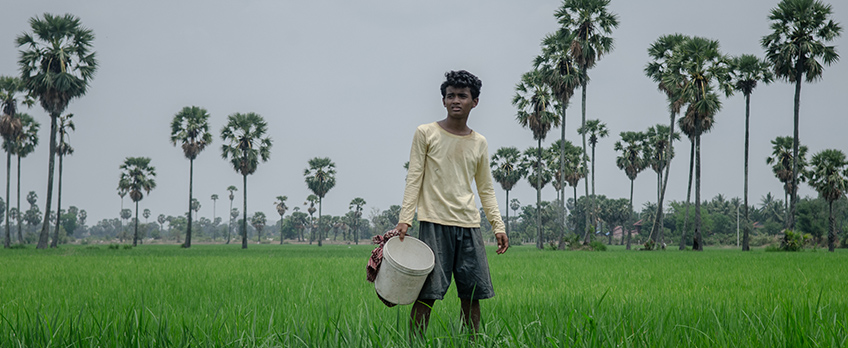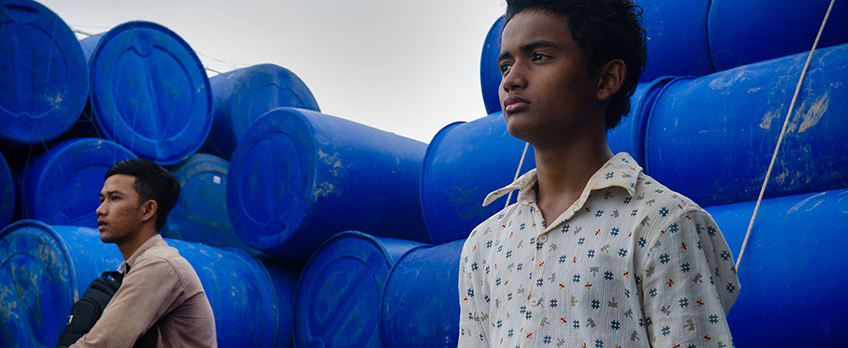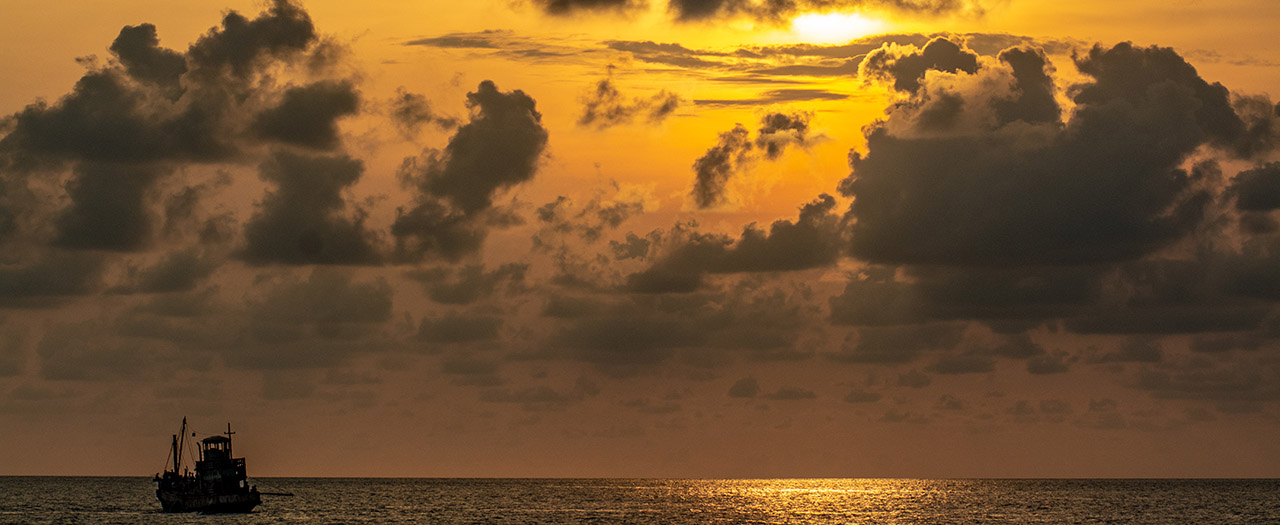Interested in writing for our blog? Send your pitches to editor@miff.com.au.
Buoyancy – Q&A with director Rodd Rathjen

Making his feature debut after several shorts – including MIFF 2013 Best Australian Short Film winner Tau Seru – Accelerator Lab alumnus Rodd Rathjen combines an edge-of-your-seat thriller with the stark reality of the modern-day slave trade in the award-winning Buoyancy. He spoke with MIFF about bringing this important story to global audiences.
Buoyancy has been described as “an interrogation of modern-day slavery and a uniquely harrowing coming-of-age tale”. What drew you to this story?
The scale of modern slavery, exploitation and murder in the Thai fishing industry is hard to grasp. I feel immense empathy for the young boys and men who have been exposed to this world, to those who have lost their lives; and I admire the courage and resilience of those who have survived and wanted to share their story.
My aim was to not only express the primal need to survive the nightmarish world of the trawlers, but also suggest the complexity of trying to return from it. The survivors I interviewed would forever battle against the weight of the trauma they experienced whilst trying to live out regular lives.
What was the process of adapting the story that inspired the project? What sort of research did you undertake?
I wanted to engage the audience with a complete picture: from the desperation of leaving Cambodia to being trafficked into Thailand and then being exposed to the inhumane world out there on these trawlers. I got in touch with a lot of NGOs, both in Thailand and Cambodia, who were in the process of repatriating survivors of the Thai fishing industry back home. Over the course of several visits I interviewed a lot of survivors about their experiences out on the boats. Their stories are the voices behind the film.
I also spoke to ex-captains, bureaucrats and a lot of Cambodians who had seen very few friends and family return – just to hear the stories from different perspectives. We also cast men who had worked on trawlers in minor roles in the film because I wanted their experience to inform the authenticity of what it is like. Thanawut Kasro, who plays the captain, actually worked on a trawler as a youngster from the age of 11 to 13.

Sarm Heng in Buoyancy
Sarm Heng is utterly captivating in the lead role. What was the process for finding your lead?
Our casting director Non Jungmeier is extraordinary. We cast most of the film quite quickly, which allowed me more time to spend with the actors in pre-production. Sarm was 14 when we made the film; initially I thought we would need to cast an older boy because life experience would be invaluable but Sarm already had plenty of that and was so natural and uninhibited that we stopped looking as soon as we found him.
He has been raised in an organisation called Green Gecko in Siam Reap, which gives former street children an opportunity for education, mentoring, health initiatives and social enterprises. The kids and adults that have been brought up in Green Gecko are simply amazing.
The film largely takes place at sea. What was the shooting process like?
We shot most of the film near Sihanoukville on an island called Koh Rong Sanloem in Cambodia. I think that what most of the cast and crew would tell you about the experience of filming is that it was tough shooting on water, especially with quite a few people getting sea sick – including myself.
Another challenge of shooting on the island was that there was barely any phone coverage or internet so people were going a little stir-crazy after three weeks. In total, we shot the film over five weeks with a lot of moving around; it was a tough schedule but the spirit of the cast and crew was incredible, with everybody working tirelessly to realise the film. For myself, all I can say about filming is that I was incredibly sad when it finished as I began missing everybody soon after we wrapped.

A scene from Buoyancy
After making a number of highly acclaimed short films, what was your biggest challenge in embarking on this project, your first feature film?
At times, I was nervous about the challenges we faced: shooting in a foreign language, working with non-actors, having a child in the lead role, filming on water. But the reality of these factors was not as bad as I thought. Anytime I found myself being overwhelmed when shooting I thought of the boys and men we were making the film about, and suddenly the challenges we faced became insignificant.
Do you have any advice for aspiring Australian directors?
I guess if I had any advice to aspiring directors it would be make sure you care about the story you want to tell. And find producers who care about the film as much as you. I was incredibly fortunate to have a great team around me.
What do you hope audiences take away from this film?
I hope it shocks audiences. My approach was that it if we can engage an audience with the human cost of being exposed to this world that it might provoke some political will and inspire some form of change.
When we screen the film in Cambodia, the hope is that it will act as a deterrent to those from vulnerable communities who are thinking about making the move to Thailand. And for international audiences, it will hopefully prompt people to consider the impact of what seafood products they buy.